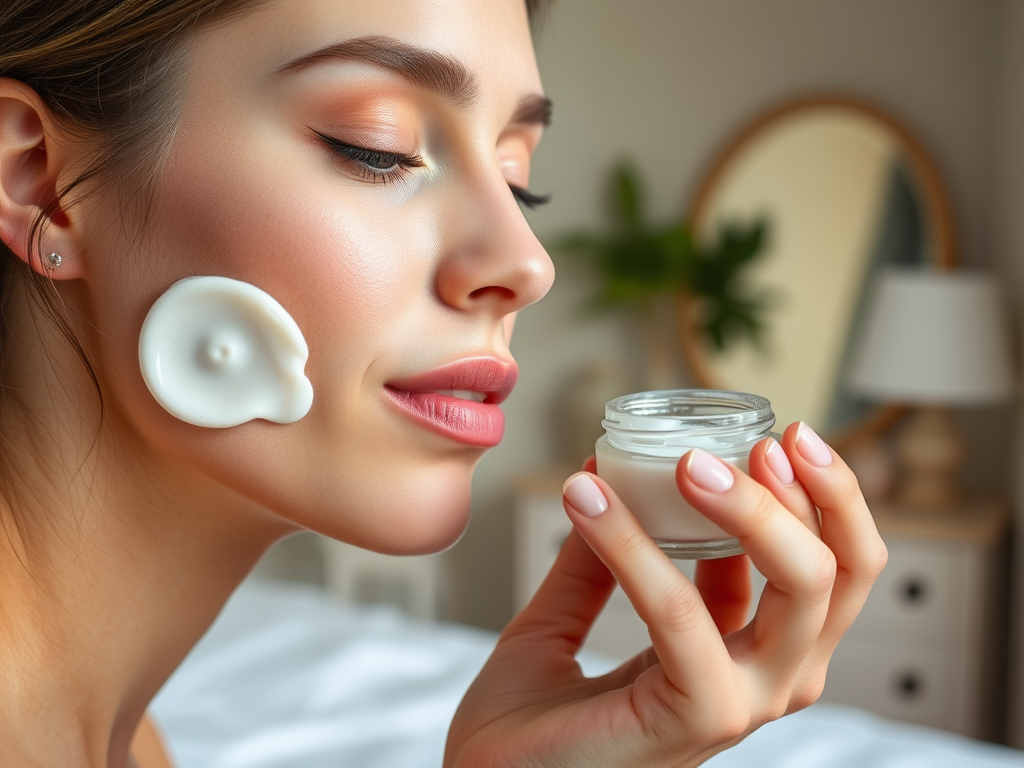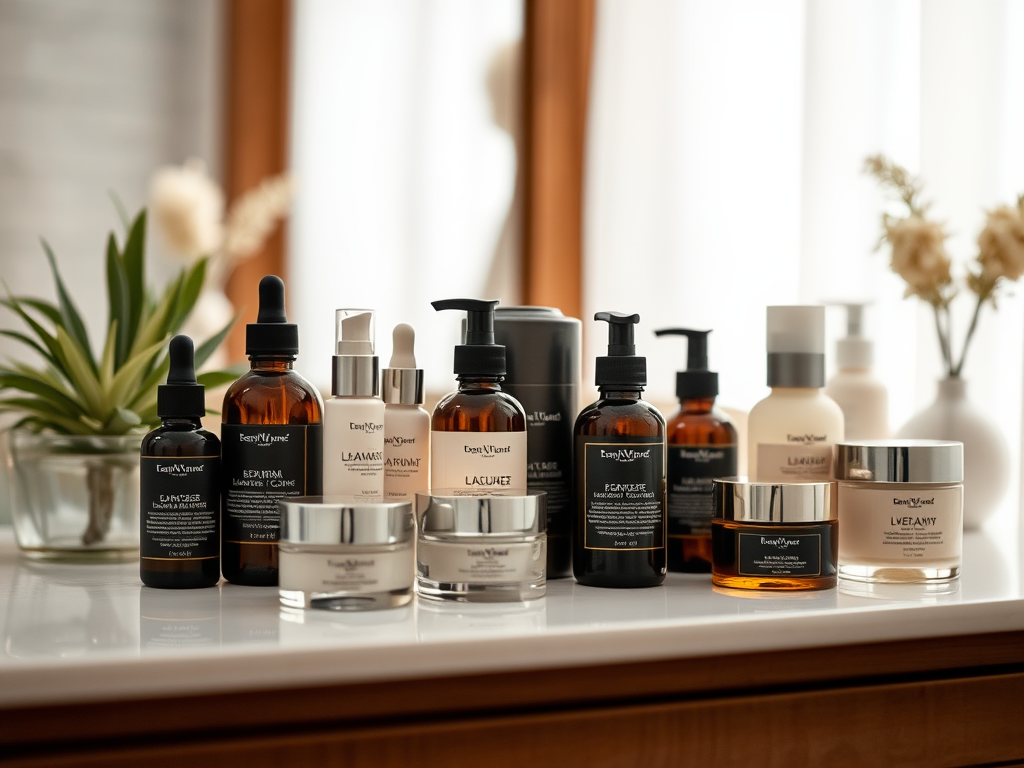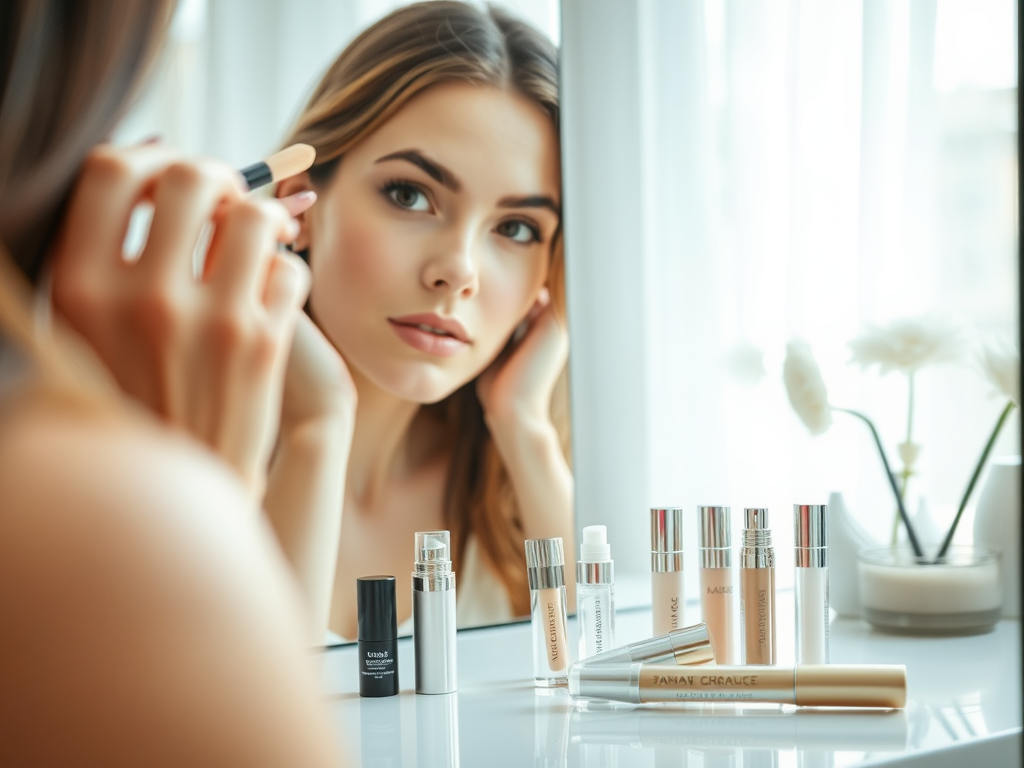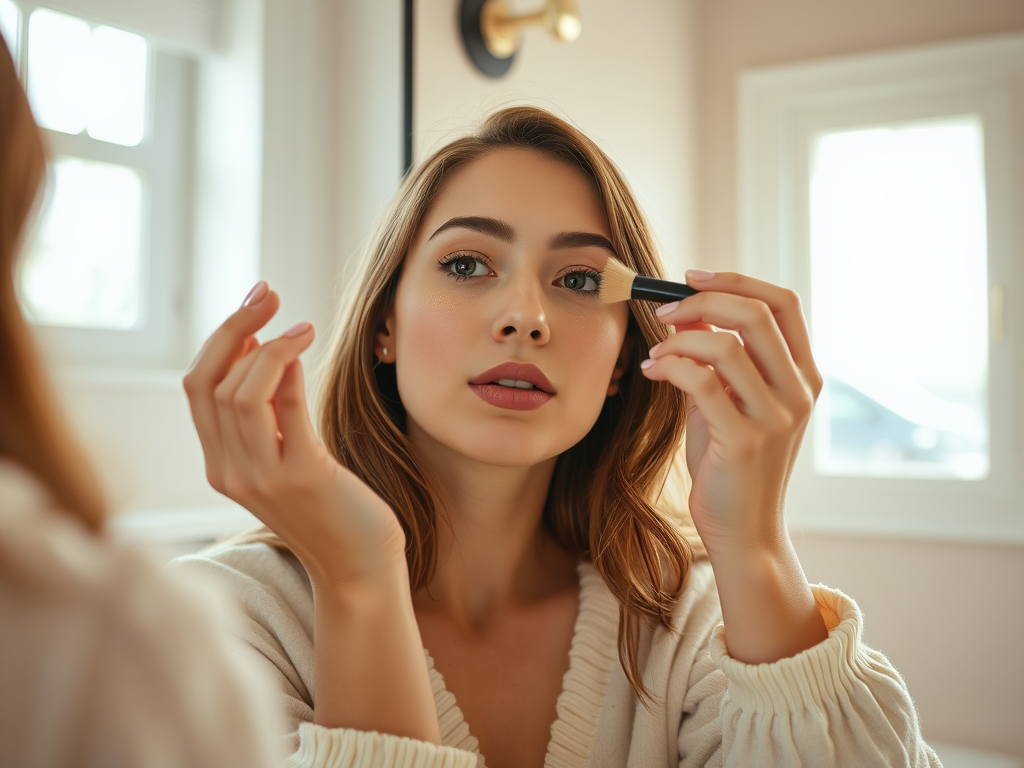As the day comes to a close, your skin deserves a dedicated and thoughtful routine that prioritizes its health and well-being. Many are unaware of the crucial differences between day and night skin regimens. While daytime routines focus on protection from environmental stressors, nighttime routines are about repair and rejuvenation. This is when your skin can absorb nutrients effectively, fighting fatigue and damage incurred throughout the day. Establishing a night skin care routine can be life-changing, especially for those beginning their skin care journey. With just a few steps, you can enhance your skin’s appearance and texture while ensuring it looks refreshed each morning.
Understanding the individual needs of your skin is integral to creating a fantastic night routine. Everyone’s skin is unique, ranging from oily to dry, and even combination types. This knowledge helps in selecting products tailored to your specific concerns and conditions. Therefore, a little bit of research into skin types before purchasing products can yield significant results. As you embark on this journey, let’s delve into the essential steps of a night skin care routine.
Understanding Your Skin Type

Before diving headfirst into the night skin care steps, it’s critical to determine your skin type. This understanding will guide you in selecting the right products that cater to your individual skin needs.
- Oily Skin: Characterized by excess shine and a propensity for breakouts.
- Dry Skin: Often feels tight, flaky, and sometimes itchy due to lack of moisture.
- Combination Skin: Features both oily and dry patches, often primarily in the T-zone.
- Sensitive Skin: Reacts quickly and can become irritated with the wrong products.
Essential Steps for a Night Skin Care Routine

Once you know your skin type, you’re ready to incorporate a structured night skin care routine designed just for you. Each step plays a pivotal role in enhancing your skin’s health.
Cleansing Your Face
Cleansing is the foundational step in any night regimen. It is essential to remove makeup, dirt, and impurities that have built up throughout the day. Investing in a cleanser that suits your skin type makes all the difference. Many experts recommend the double cleansing method for those with heavy makeup or oilier skin types — it ensures a deep cleanse. A gentle oil-based cleanser followed by a water-based cleanser can effectively rid your skin of debris while maintaining its natural oils. This reap the benefits of clean skin, setting the stage for the next steps of your routine.
Exfoliation
Exfoliation deserves a special mention as it plays a crucial role in keeping your skin vibrant and healthy. Regular exfoliation helps to slough off dead skin cells, encouraging skin cell turnover and preventing clogged pores. There are two primary types of exfoliants: physical and chemical. Physical exfoliants contain granules or beads that manually scrub the skin, while chemical exfoliants use acids to dissolve the bonds holding dead skin cells together. Beginners are often advised to start exfoliating 1-2 times a week to avoid irritation. Remember to listen to your skin: if it becomes red or sensitive, reduce the frequency.
| Exfoliation Type | Examples | Skin Types |
|---|---|---|
| Physical | Scrubs, Loofahs | Normal, Oily |
| Chemical | AHAs, BHAs | All skin types (sensitivity varies) |
Toning
Toning is often overlooked, yet it is a beneficial step that should not be skipped. A good toner can restore your skin’s pH balance after cleansing and provide additional hydration. Furthermore, a toner can help to tighten the appearance of pores and remove any residual impurities left behind after cleansing. For optimal results, look for alcohol-free options that hydrate rather than dry out the skin. The right toner prepares your skin perfectly for the subsequent products, enhancing their effectiveness.
Treatment Products
Treatment products, like serums, are where you can address specific skin concerns, such as pigmentation, fine lines, or acne. The choice of these products can significantly influence your routine’s efficacy. It’s essential to differentiate between serums and oils; serums generally deliver concentrated active ingredients, while oils are more about hydration. When selecting a treatment product, consider looking for effective components:
- Retinol: A favorite for reducing signs of aging and improving texture.
- Vitamin C: Known for brightening and evening skin tone.
- Hyaluronic Acid: Great for hydration and plumping the skin.
Conclusion
As we’ve explored the essentials of a night skin care routine, it’s clear that consistent and structured care will transform your skin over time. Following these steps with mindful product selection tailored to your unique skin type is crucial. Every night is a new opportunity for your skin to recover and rejuvenate, so make the most of it. With a little patience and diligence, you will see the rewarding results of this investment in your skin.
Frequently Asked Questions
- How often should I follow my night skin care routine? You should follow your night skin care routine every evening for optimal results.
- Is exfoliation necessary every night? No, you should generally exfoliate 1-2 times a week, depending on your skin type.
- Can I skip moisturizer if I have oily skin? It’s important to moisturize even if you have oily skin; opt for a lightweight, oil-free moisturizer.
- What if I have sensitive skin? Use gentle products specifically formulated for sensitive skin and always patch-test new items.
- How do I know if a product is right for my skin type? Look for products labeled for your specific skin type and consider consulting a dermatologist for personalized recommendations.



